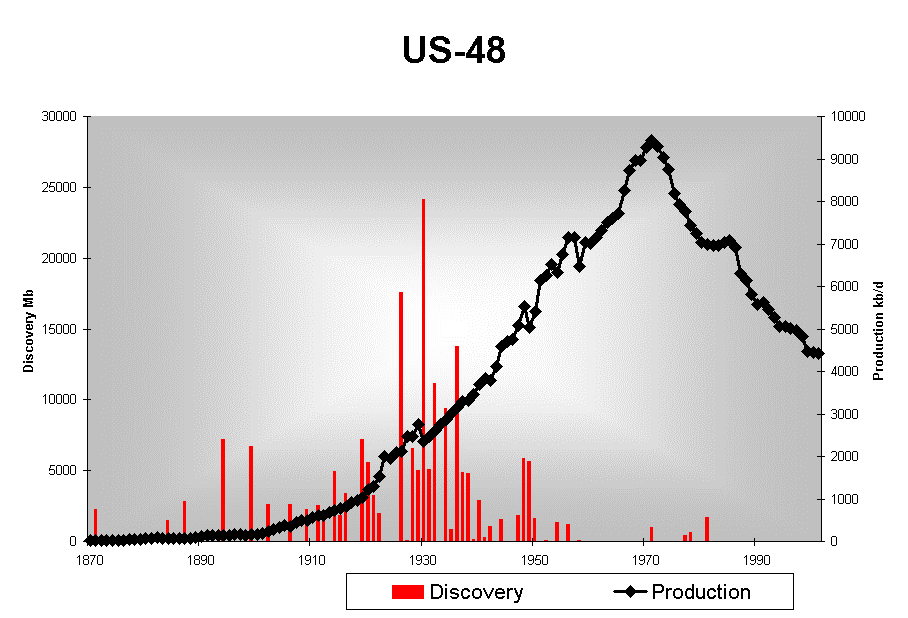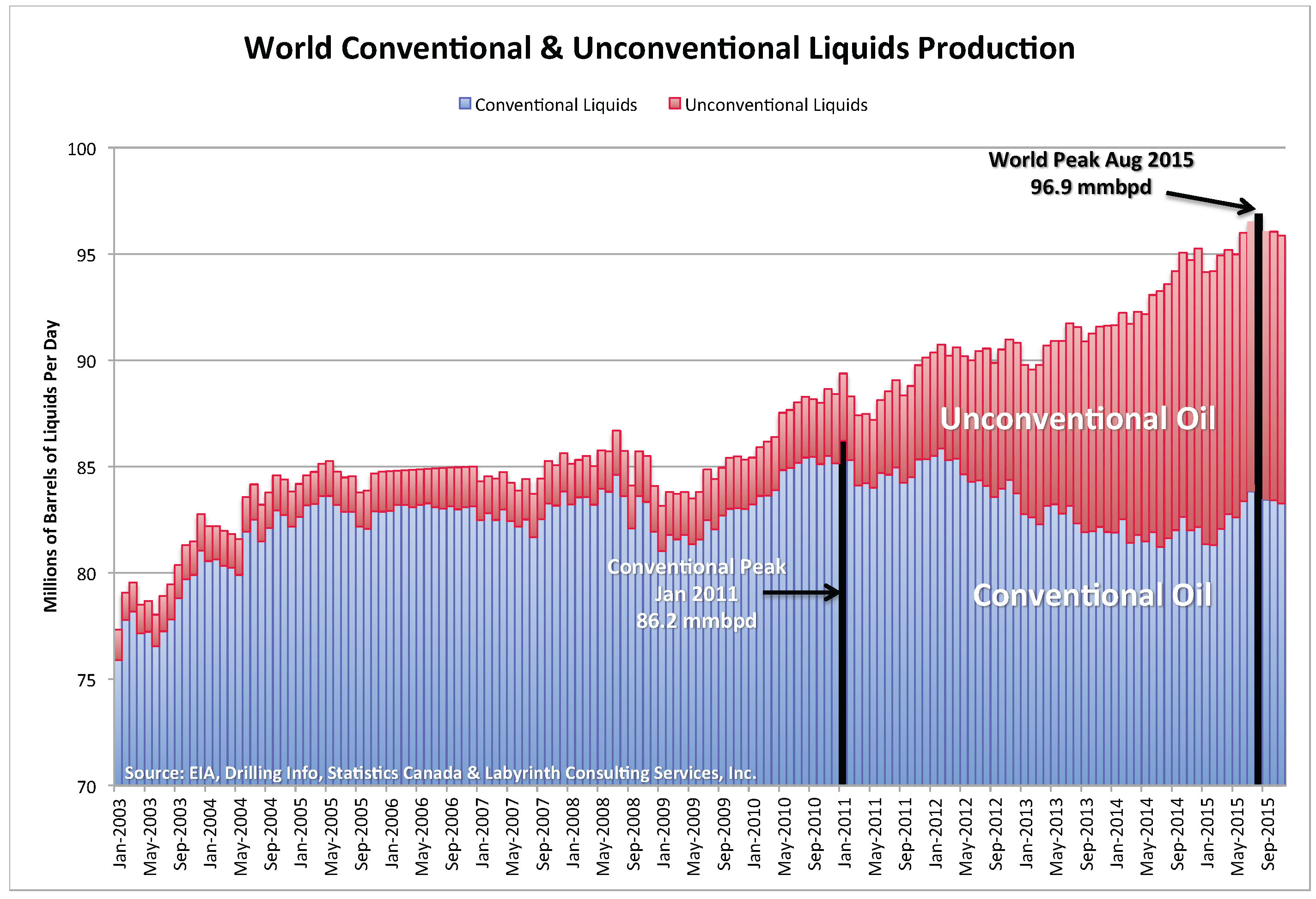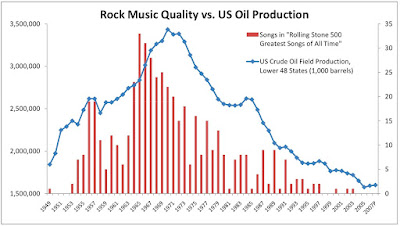There was fierce controversy in the first decade of this century over claims by petroleum geologists and energy commentators that peak oil was imminent (I was a figure in that debate, writing several books on the topic). Most of those early claims were based on analysis of oil depletion and consequent supply constraints. BP, however, is talking about a peak in oil demand—which, according to its forecast, could fall by more than 10 percent this decade and as much as 50 percent over the next 20 years if the world takes strong action to limit climate change.

Source: PeakOilBarrel.com; production in thousands of barrels per day.
Numbers from the US Energy Information Administration’s Monthly Review tell us that world oil production (not counting biofuels and natural gas liquids) actually hit its zenith, so far at least, in November 2018, nearly reaching 84.5 million barrels per day. After that, production rates stalled, then plummeted in response to collapsing demand during the coronavirus pandemic. The current production level stands at about 76 mb/d.
Many early peak oil analysts predicted that the maximum rate of oil production would be achieved in the 2005-to-2010 timeframe, after which supplies would decline minimally at first, then more rapidly, causing prices to skyrocket and the economy to crash.
Those forecasters were partly right and partly wrong. Conventional oil production did plateau starting in 2005, and oil prices soared in 2007, helping trigger the Great Recession.
…click on the above link to read the rest of the article…














